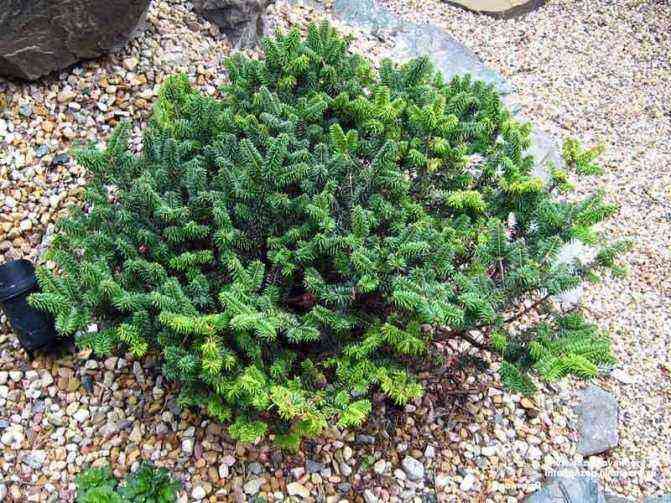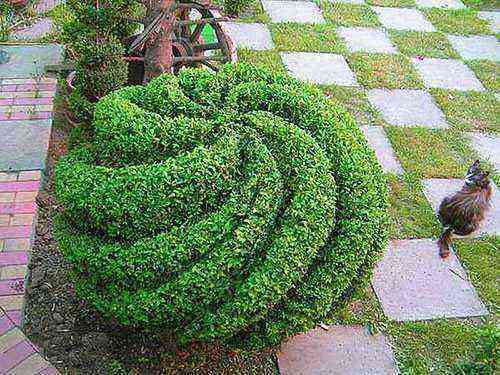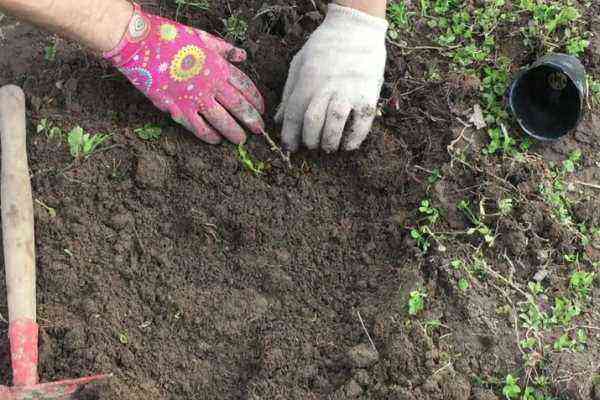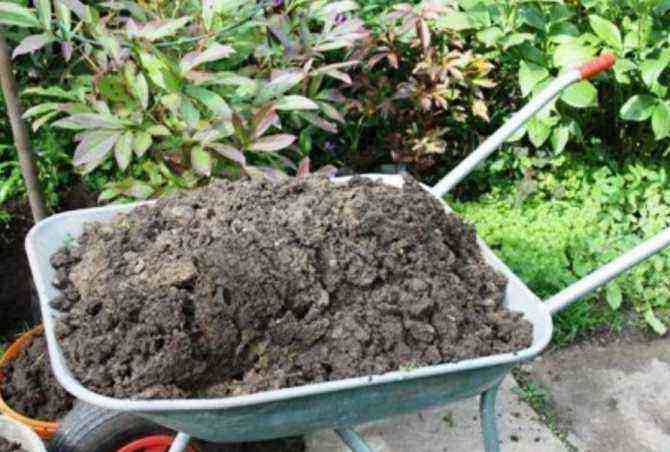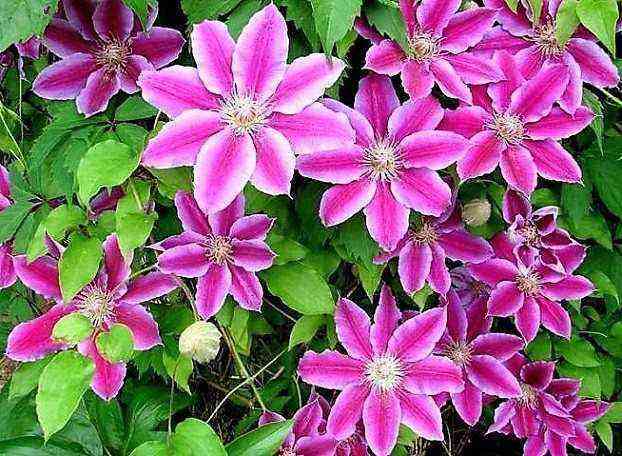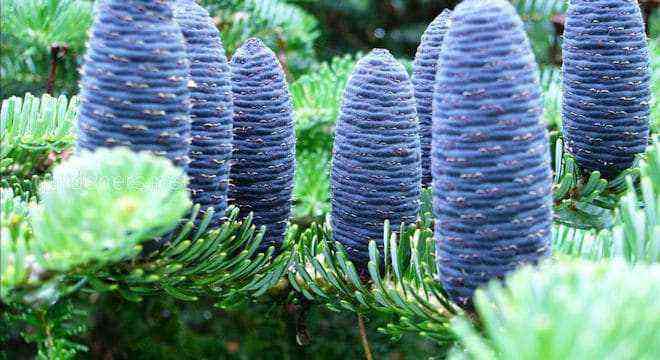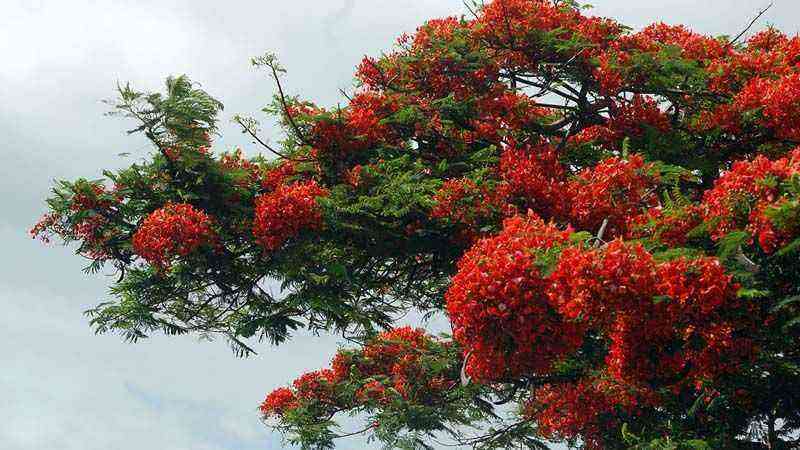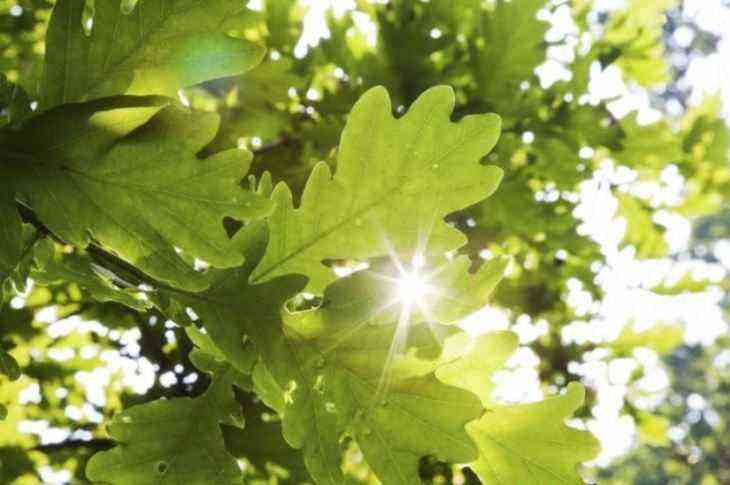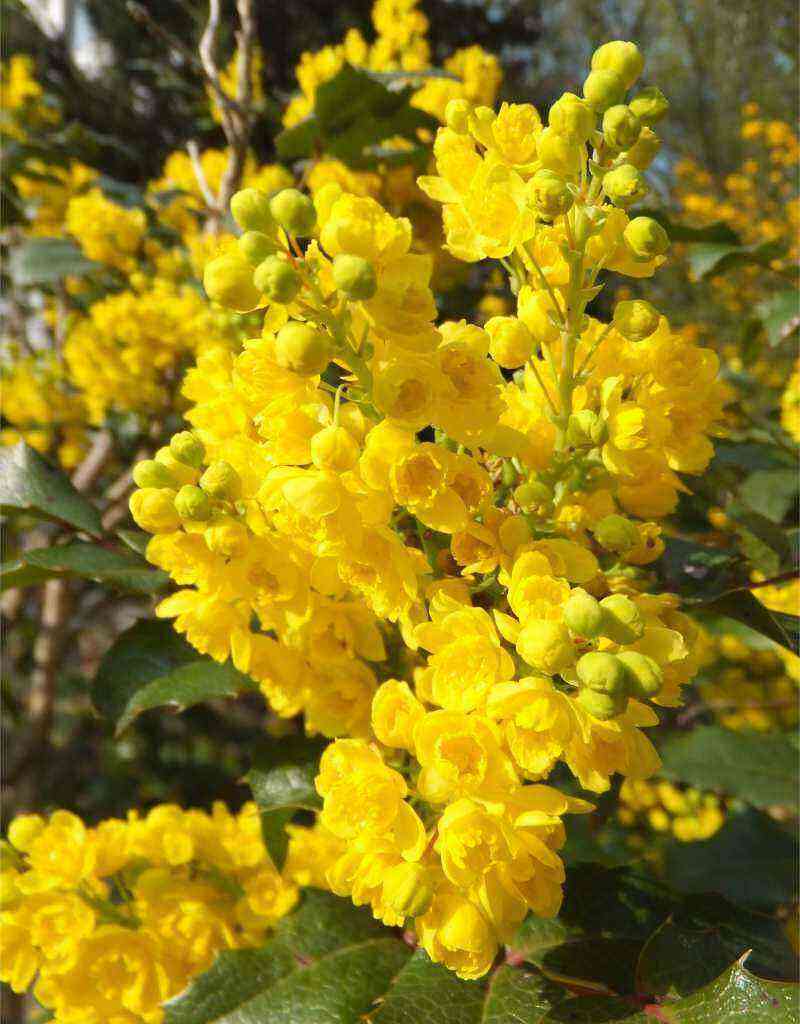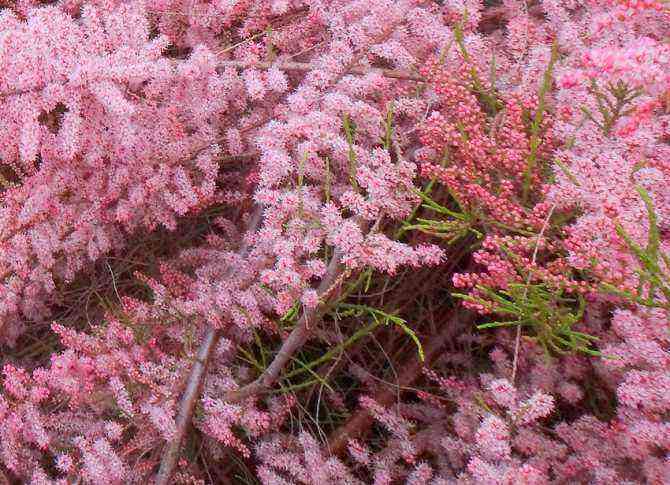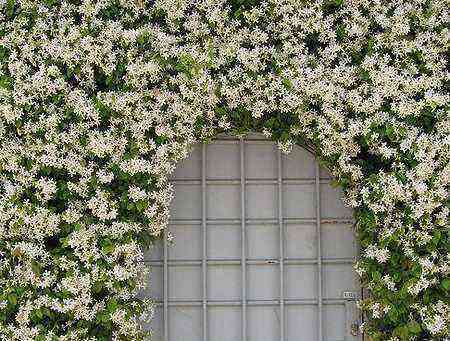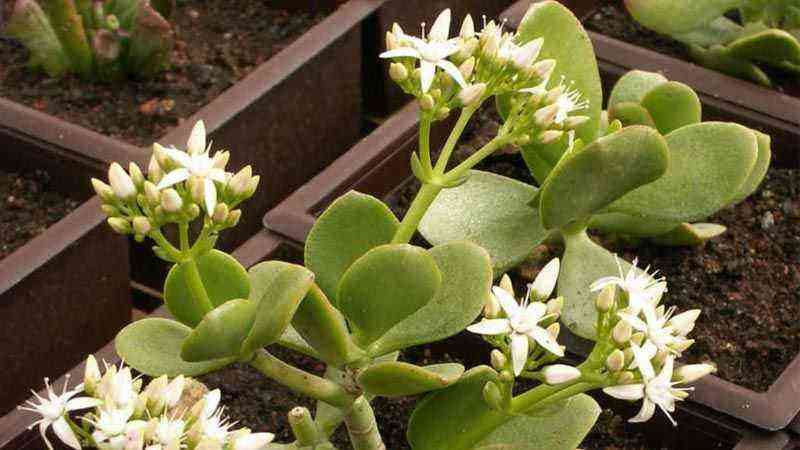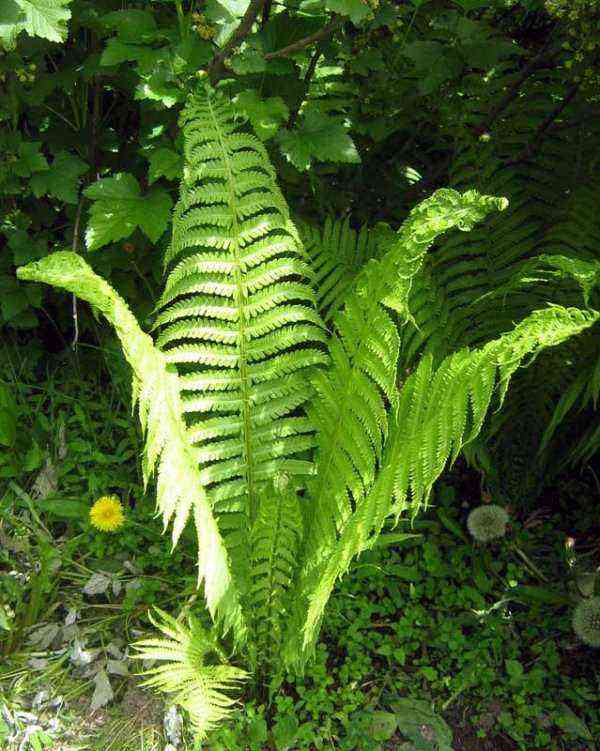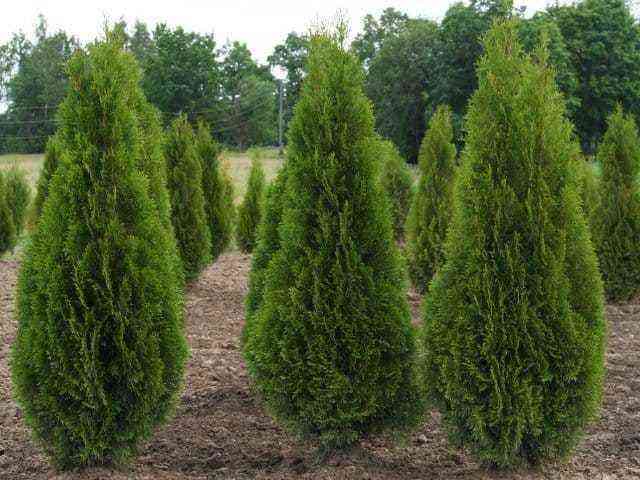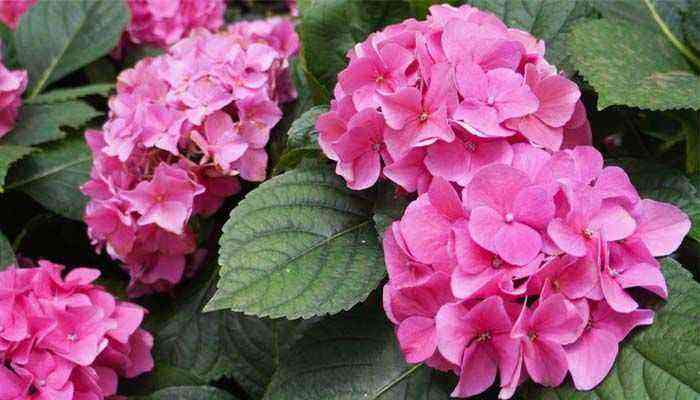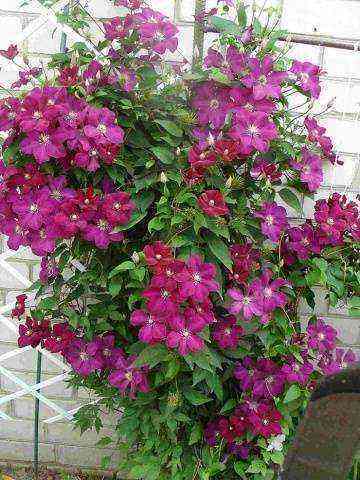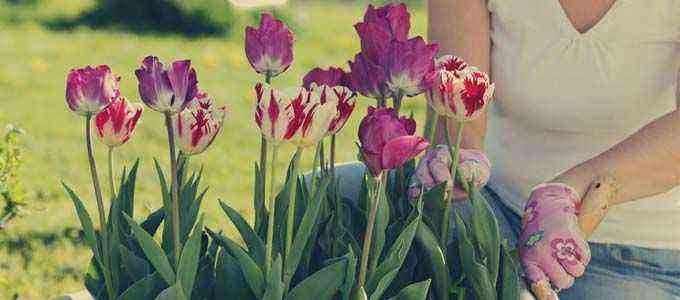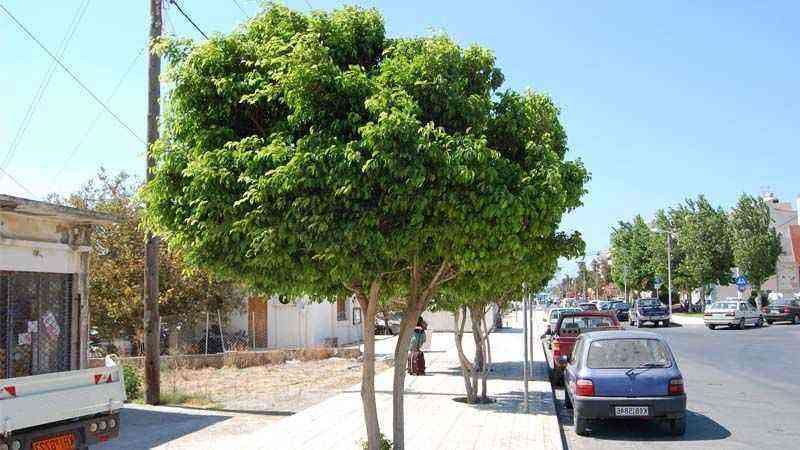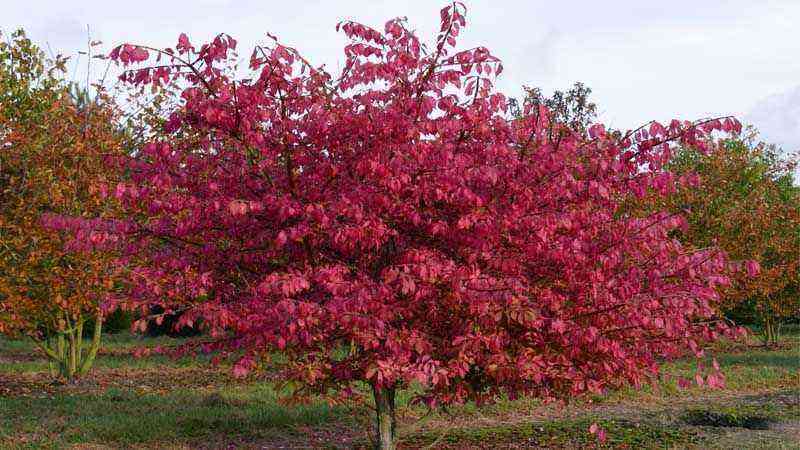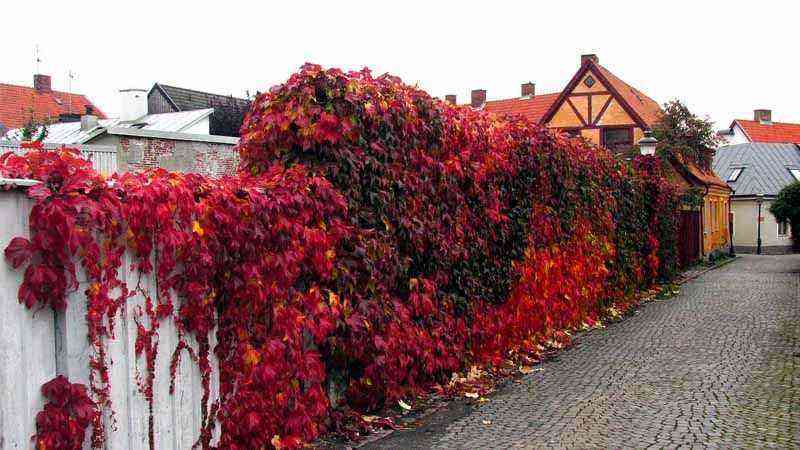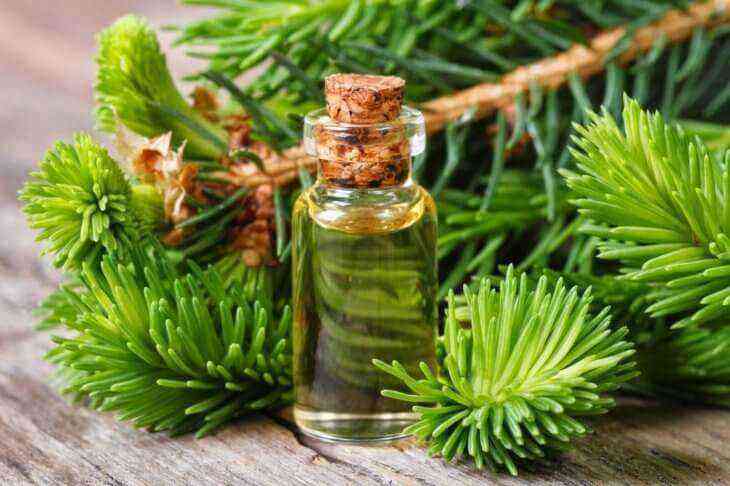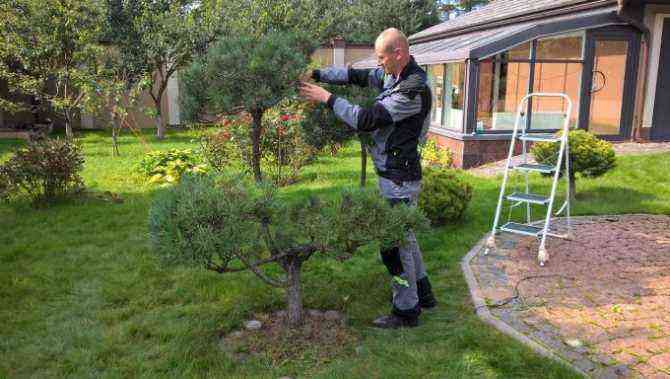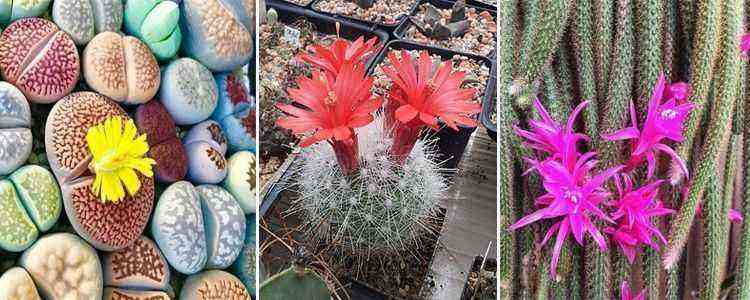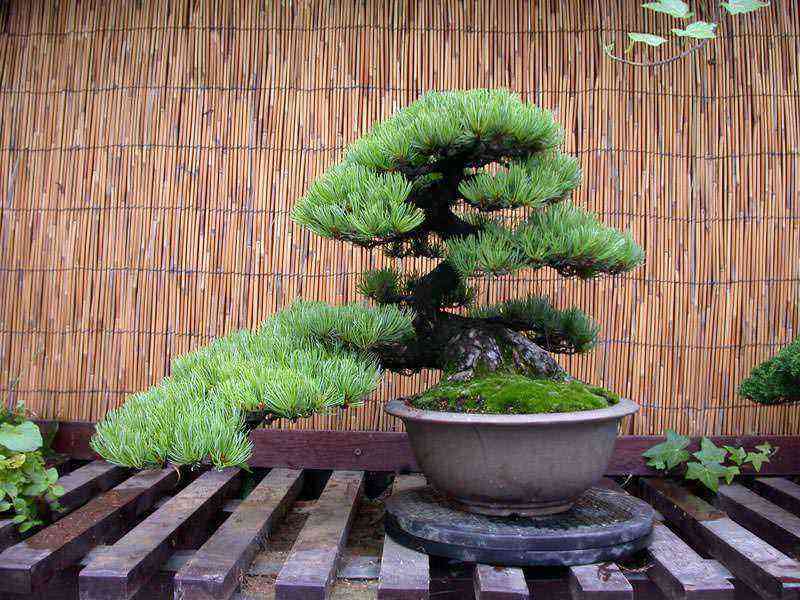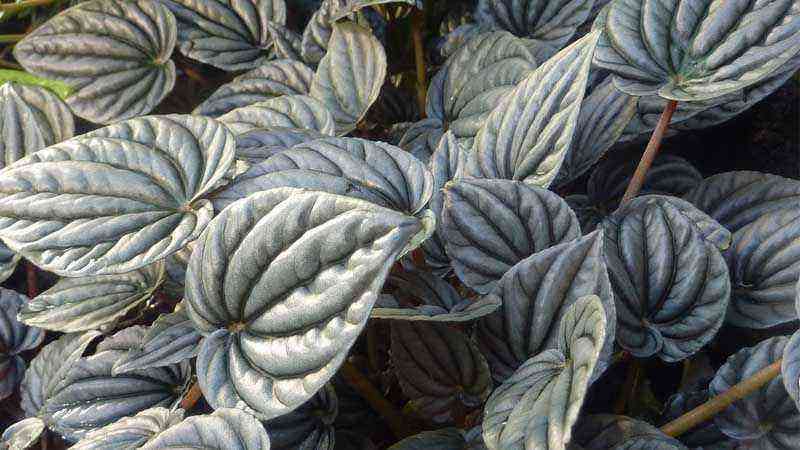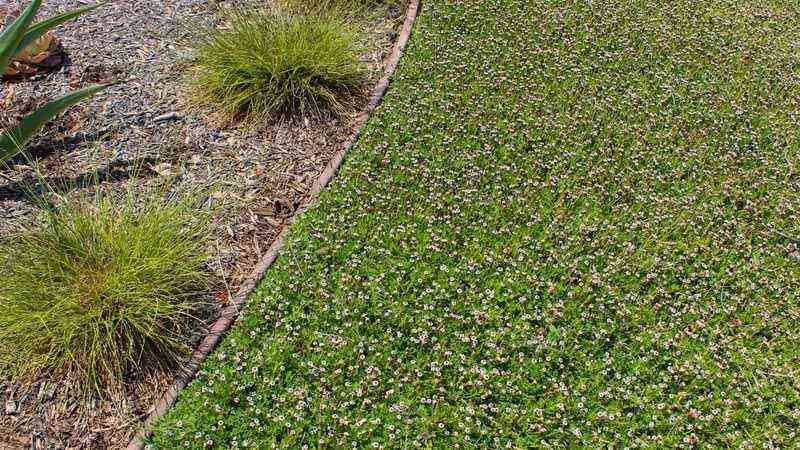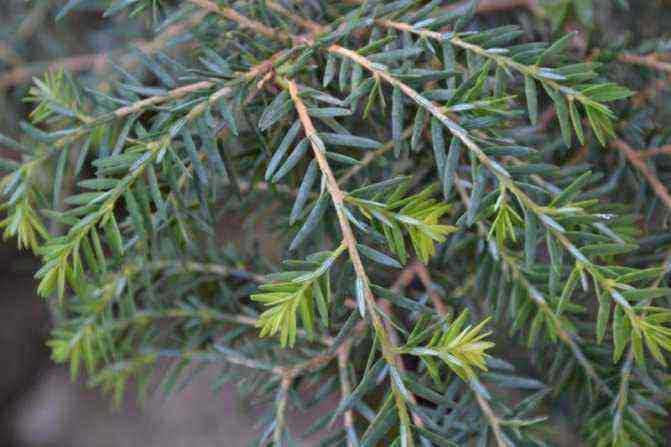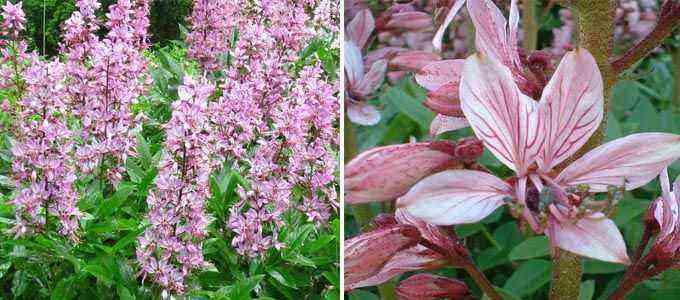In the middle of summer it is true that the garden is in bloom and the weather is good to enjoy it. The vast majority of garden flowers are spring and summer. And when winter comes, what will happen to the garden?
He is dull and bored … No! There are winter flowers and today we tell you one to prepare the ground. The winter viburnum. A spectacular and fragrant flower that decides to show itself when the others do not survive.
Characteristics of the winter viburnum
The gender Viburnum It comprises around 150 species, the vast majority of which are shrubs or small trees.
Of all of them, a large number are grown in Spain and the most famous for its beauty and resistance is a hybrid, the result of a man-made cross between the species. Viburnum farreri y Viburnum grandiflorum which appears to have taken place just 100 years ago. The result was Viburnum x bodnantense.
The Winter Viburnum is a shrub that can reach 3 or 4 meters in free form, although it is usually widely used for the creation of flowery hedges, in which case, pruning limits it to the desired height, which is usually around 2 meters.
If you decide to prune to form a hedge, it is recommended to pruning after flowering not being too severe.
This garden shrub produces flowers during much of the fall and all of the winter (from November to March even), being something exceptional in the world of flowers that we all know. This intense pale pink blooming in button, is acquiring more intensity of color as the flower matures. The intense vanilla aroma that the flowers give off, something that also surprises under the harsh winter conditions.
The fact that the flowering endure the winter it is no miracle. This shrub has continuous flowering and when the flowers affected by frost or snow die, the Winter Viburnum has prepared buds waiting leisurely to bloom again.
The resulting fruit is bluish in color that will gradually turn black. It is a very appetizing fruit for the surrounding birds and we must note that for humans it is very toxic.
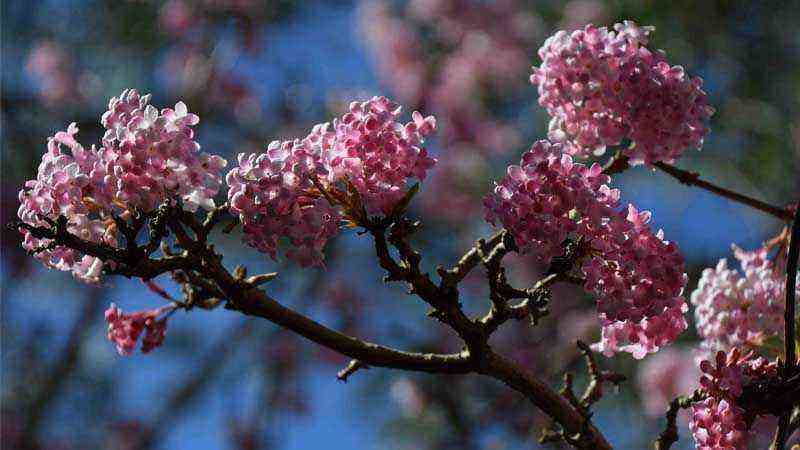

Growing conditions of winter viburnum in the garden
Weather
Just as many of the shrubs and plants we are talking about require mild climates and can withstand hot summers well, the Winter Viburnum is a shrub that can handle the cold and humidity of the north. Mediterranean and / or dry climates have it difficult for it to develop properly.
Withstands temperatures down to -15 ° C or even -20 ° C in full bloom! It is usually found near watercourses or as part of low growth vegetation in wooded, humid areas protected from the wind. These conditions are by which we have to guide ourselves for the garden.
Protect it from strong winds, provide moisture to the soil with irrigation and expose it in semi-shady conditions although it tolerates total exposure well.
Land
Refrain from poor soils. It is the only soil condition that we must strictly follow. In poor soils, flowering is drastically reduced. Make sure you have a good garden soil before attempting to grow it. The pH tolerance is wide (5-7,5), with neutral being advisable.
Irrigation
If for something we say that it is complicated in hot climates, it is because of the summer heat and the irrigation. It is advisable to maintain a constant soil humidity and therefore it would be too expensive to maintain it in hot climates.
The risks should vary depending on the season, always keeping in mind the maintenance of constant humidity.
